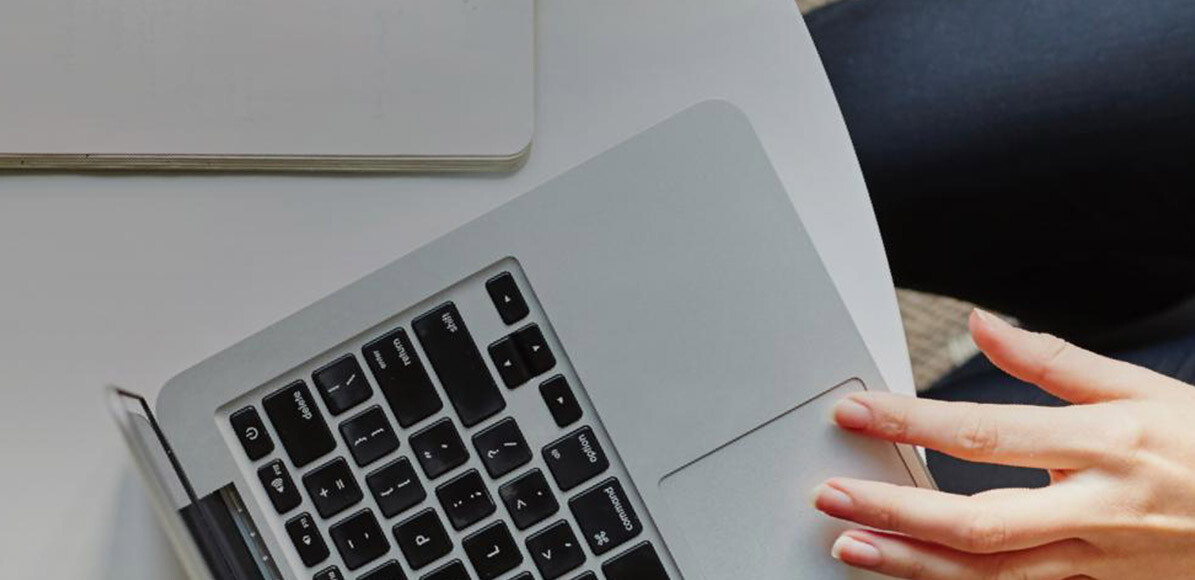A tax refund can boost your business
Getting a tax refund can be a nice bonus to cap off the tax season. Typically, 83% of people who file a return will get a refund and, on average, that refund’s worth about $3,000.
So when will you get yours? How do you speed it up? And what should you do with it?
Checking the status of your return
If you filed late in the tax season, your return could take up to six weeks to process. If you’d like to know how it’s progressing, check:
- online through the IRS or
- download the free IRS2Go app for iPhone or Android
Speeding up your refund
An e-filed return is processed within 21 days, which is twice as quick as a paper return. If you’re not doing it already – start filing online to get your refund faster.
Wait until your refund is confirmed
Don’t spend your tax return before you have it. The IRS may give you less than you were expecting if you owe them money from past years. They may also change your return for other reasons, so don’t assume anything until the money’s in your bank.
Seven ways to use your tax refund
If you’re getting a tax refund, consider how best to use it. The cash injection could upgrade your business, make it more resilient, or contribute to your retirement.
1. Create an emergency fund
Put some money aside so you can ride out unexpected costs or dips in revenue. It’s not the most exciting use of spare cash but you’ll thank yourself if:
- your most important work tools need replacing
- a big customer stops using you
- a low-cost supplier goes out of business or raises prices
The amount you should save will depend on your business – and whether you’re a startup or a going concern. Speak to your accountant or bookkeeper to decide on an appropriate amount for your emergency fund.
2. Pay off your debts
It’s always good to pay off debts. Getting a tax refund gives you that option. Audit your debts to see which charges the highest interest, then pay it down. The interest saved will probably outweigh the interest you’d earn if you banked the cash.
3. Invest in your business
Your windfall might deliver more value if you put it back into the business. Getting a tax refund could allow you to:
- buy or lease new equipment
- upgrade your website or ecommerce platform
- subscribe to a business app, like a customer relationship management system (CRM)
You know the roadblocks to your business. Getting a tax refund could help resolve one and unlock business growth.
4. Plan for retirement
You’ve probably put every spare cent into your business lately – perhaps at the expense of your retirement fund. If so, now would be a good time to invest in yourself. Some retirement schemes offer tax incentives or credits depending on your business structure and circumstances, so take a look around.
If you’re afraid to lock the cash away until retirement, consider a high-interest term deposit. Just be aware that you’ll be taxed on the interest.
5. Reward your staff `
Don’t forget the people who make your business tick every day. How many times have you asked your employees to put in extra effort during the year? Now’s your chance to give back – and increase the loyalty they feel to your business. You could pay them a bonus or organize an event to show them they’re appreciated.
6. Put money aside for next year’s tax bill
Just because you’re getting a tax refund this year doesn’t mean you’ll get one next year. If you’re still a young business, it might be hard to predict your tax exposure from year to year. Consider putting money aside as insurance against a big tax bill in the future.
7. Make a community or charity donation
This could be your opportunity to give back to the community that supports your business. You might give to a charity, sponsor a community group or support a public project. Donations often get favorable tax treatment and can create PR opportunities. But most of all, they make you feel good.
Getting a tax refund is just the start
Paying taxes is an absolute certainty when you’re running a business. Getting a tax refund is not. Don’t squander the opportunity. Treat it as an investment opportunity and ask how that lump sum can best serve you. You might choose to put it back into your business or you might not. The important thing is that you’re thoughtful and strategic about how you use it.

